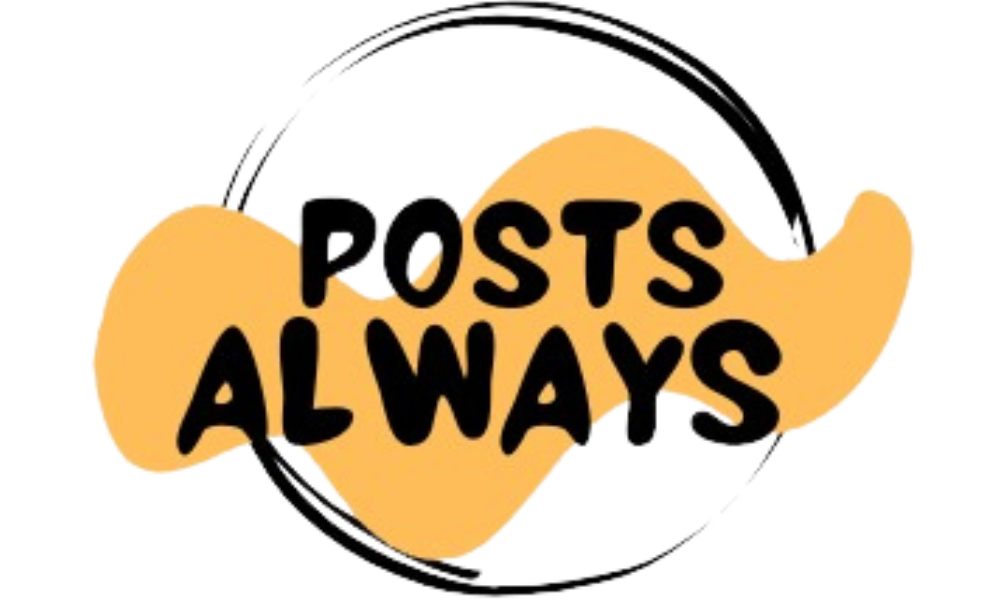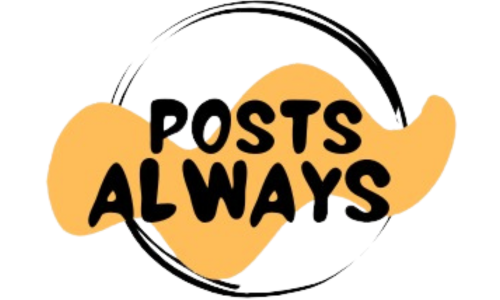[ad_1]
We might obtain a fee on purchases created from hyperlinks.
Robert Eggers’ “Nosferatu” resurrects a 102-year-old vampire who first appeared in F.W. Murnau’s 1922 silent black-and-white movie “Nosferatu: A Symphony of Horror.” /Movie’s personal evaluation of Nouveau-“Nosferatu” raves about it as a really terrifying horror image, as scary to trendy audiences as Murnau’s was a century prior.
It is unimaginable that cinema is now sufficiently old that sure traditional movies have endured for a century or extra. Heck, the one centesimal birthday of “The Wizard of Oz” is just 15 years away. (Within the meantime, you’ll be able to rejoice the eighty fifth birthday of the technicolor “Oz” with “Depraved: Half One.”) Nonetheless, “Nosferatu” is technically older than he seems — as a result of the character is, in all however identify, Depend Dracula.
Now, the vampire himself is just not named Dracula in Murnau’s movie (neither is he known as “Nosferatu,”) however fairly Depend Orlok (performed by Max Shreck). The story follows the foremost beats of Bram Stoker’s novel, although, apart from transferring the setting from England to Germany. Thomas Hutter (Gustav von Wangenheim) — a barely renamed Jonathan Harker — is an property agent who visits Orlok’s Transylvanian fort. After a while in captivity, Hutter escapes, however Orlok follows him again to Germany throughout the ocean. Orlok practically ensnares Hutter’s beloved too, however is finally defeated. Not with a stake by means of his chilly coronary heart, nevertheless, however by the rising solar, making a now archetypal vampire weak spot.
Werner Herzog’s acclaimed 1979 in-color remake, “Nosferatu the Vampyre,” dispels pretense that the film is not a “Dracula” adaptation and makes use of Stoker’s character names (but additionally Murnau’s German setting). Klaus Kinski’s Nosferatu appears like Max Shreck’s bald elfen Orlok, however he is known as Dracula. Eggers’ film, alternatively, goes again to Murnau’s invented names.
If not one of the vampires in any iteration of “Nosferatu” are literally named “Nosferatu,” then why did the title stick? It is as a result of the phrase itself is intrinsically tied to Stoker’s “Dracula” novel, which popularized its affiliation with vampires.
Because of Dracula, Nosferatu means ‘vampire’
In Bram Stoker’s “Dracula,” the phrase “Nosferatu” is offered as an historical, Japanese European time period for “vampire” and is utilized by the vampire hunter Dr. Abraham Van Helsing as such. After Lucy Westenra is made right into a vampire by Dracula, Van Helsing explains to her beloved Arthur each her situation and the hazard she poses:
“Buddy Arthur, if you happen to had met that kiss which you already know of earlier than poor Lucy die; or once more, final night time once you open your arms to her, you’ll in time, once you had died, have change into nosferatu, as they name it in Japanese Europe, and would all time make extra of these Un-Deads that so have fill us with horror.”
Stoker apparently acquired the phrase from English creator Emily Gerard, creator of the 1885 ebook “Transylvanian Superstitions.” Gerard writes of “Nosferatu” because the native phrase for “vampire” — “in whom each [Romanian] peasant believes as firmly as he does in heaven or hell.”
The phrase traces again one other 20 years to 1865 writings by German author Wilhelm Schmidt, printed within the 1866 ebook (roughly translated into English) “The 12 months and Its Days within the Opinion and Customs of the Romanians of Transylvania.” Schmidt’s writing implicitly labels “Nosferatu” because the Romanian phrase for “Vampire.”
Nonetheless, the etymology of “Nosferatu” earlier than the nineteenth century stays shrouded in delusion, since it’s not a part of the Romanian language. In a 2011 version of the Borgo Submit (the e-newsletter of the Canadian department of the Transylvanian Society of Dracula), Elizabeth Miller speculates the phrase might’ve been a “localism that by no means made it into the Romanian dictionary,” since Gerard doesn’t cite Schmidt and it is unlikely the 2 might’ve each made the identical mistake.
Different proposed origins of the phrase embrace the Romanian phrase “nesuferit” (“insufferable”) or the Greek phrase “nosophoros” (“disease-bearing,” which inserts the conception of a vampire as a cursed particular person who spreads its blight by its continued existence).
Wherever the path of “Nosferatu” ends, it will definitely discovered its strategy to Stoker, who used it in “Dracula.” Since “Dracula” is probably the most well-known vampire story ever printed, “Nosferatu” grew to become a label for vampires far exterior provincial Transylvania. Not like vampires, language itself isn’t lifeless, however always altering.
How Nosferatu acquired tangled in Dracula’s copyright
If you know the way “Nosferatu” copied “Dracula,” it is easy to imagine the title change was believable deniability within the occasion the copyright fraud was found. However dig deeper and the reply does not appear so easy. The “Nosferatu” opening credit acknowledge the movie is predicated on Stoker’s “Dracula,” and “freely tailored” by screenwriter Henrik Galeen.
In “The Nosferatu Story: The Seminal Horror Movie, Its Predecessors and Its Enduring Legacy,” creator Rolf Giesen means that the filmmakers “may need been misled by unhealthy authorized recommendation that they would not must pay the copyright homeowners for the movie rights in the event that they modified the story and names significantly.”
As for particularly selecting “Nosferatu” for the modified title? Proof suggests they only thought it was a scary and alien identify, the right preface to a movie subtitled “A Symphony of Horror.” The Act 1 title card of the movie reads:
“Nosferatu. Doesn’t this phrase sound like the decision of the dying hen at midnight? Take care you by no means utter it, lest life’s footage fade into pale shadows, and ghostly desires rise out of your coronary heart and feed in your blood.”
Whereas Stoker had died in 1912, his widow Florence Balcombe was the executor of his property till her personal passing in 1937. After she found in 1924 that “Nosferatu” had been made with out her permission, she launched an aggressive authorized marketing campaign (by means of the British Society of Authors) to obtain recompense. When manufacturing firm Prana Movie would not pay (even declaring chapter), the widow Stoker then demanded all “Nosferatu” prints be destroyed. A German decide dominated in her favor, however a number of copies slipped by means of the cracks, and so “Nosferatu” survived. (“Dracula” ultimately entered the general public area in 1962, rendering correct authorization for any diversifications a moot challenge going ahead.)
Whereas “Nosferatu” couldn’t exist with out “Dracula,” the movie has constructed up a traditional fame all by itself — sufficient to be remade itself not as soon as, however twice.
“Nosferatu” is scheduled to open in a large theatrical launch on December 25, 2024.
[ad_2]





